Introduction Gaming Monitor
I’m going to run you through everything, you know the basics to the advanced stuff, from gaming productivity, every kind of Monitor. And hopefully, it answers your questions. If you do have any other thoughts, then let me know in the comments as well. Firstly, credit to my Quality Tech Blog team for setting this up. Every shape and size of monitor you can buy. But the first thing I want to say is there is no such thing as a perfect monitor. It completely depends on what you’re going to be using it for. Is it for gaming? Is it just for casual browsing, watching a bit of Netflix, also professional color editing? With that in mind, and also your budget, you can start to hone in on what the best display is for you.
And actually, what I will do is leave some of my favorite recommended monitors in the below in every section of blog, and I’ll keep updating them as new models come out.
| Image | Product | Detail | Price |
|---|---|---|---|
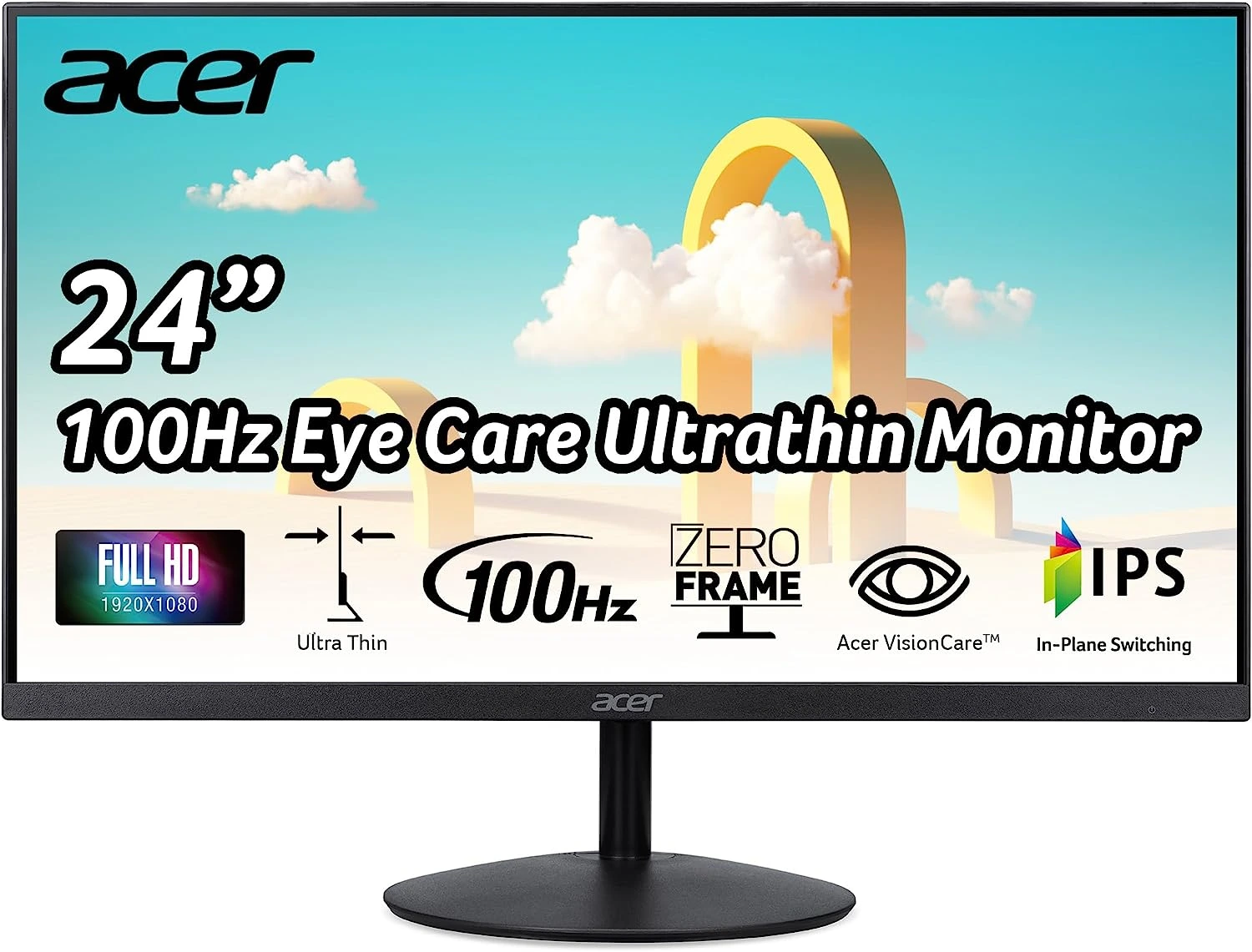 | Acer SB242Y EBI |
| Check Best Price |
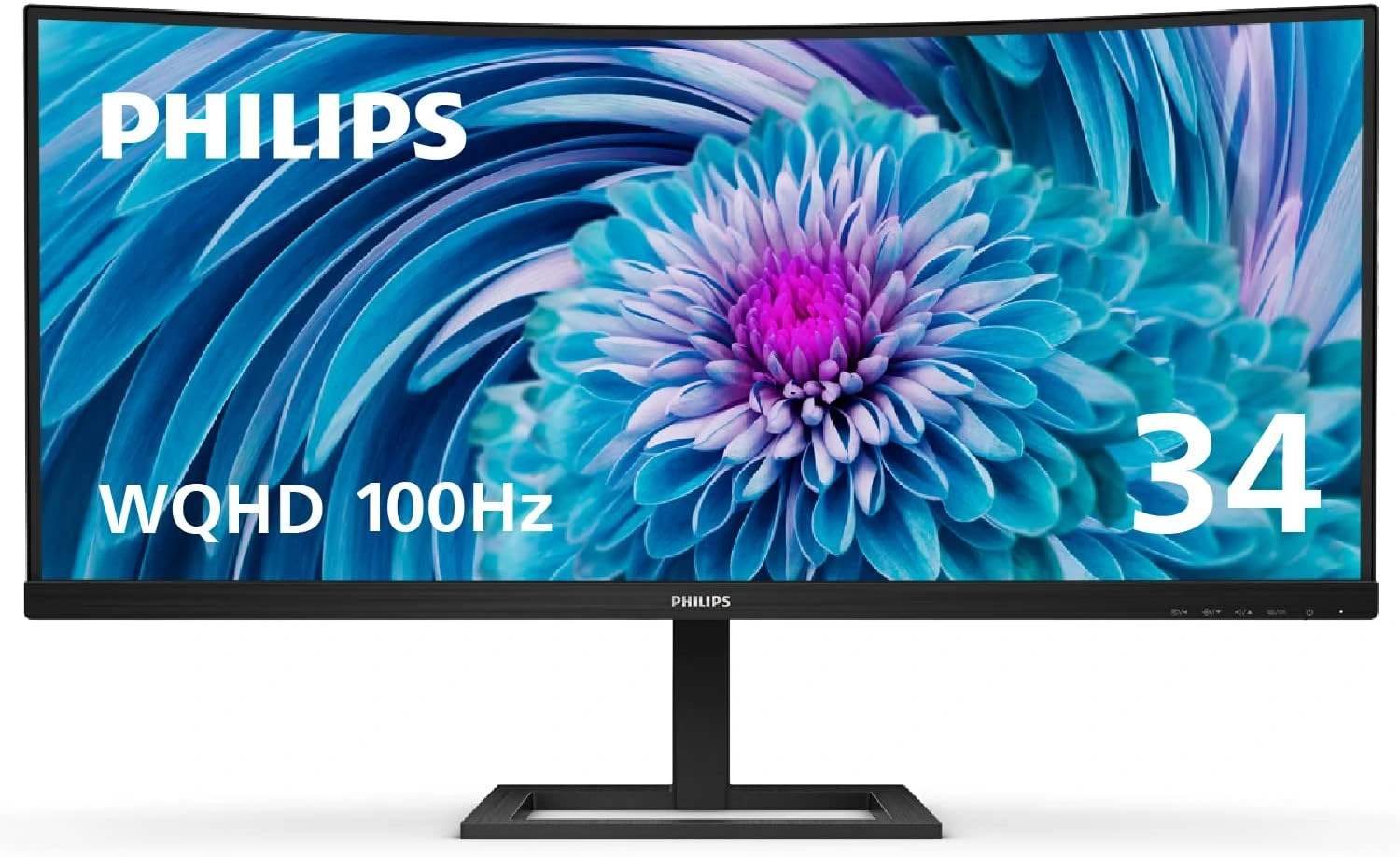 | PHILIPS 346E2CUAE 34″ Curved Frameless |
| Check Best Price |
 | LG 34WP85CN-B |
| Check Best Price |
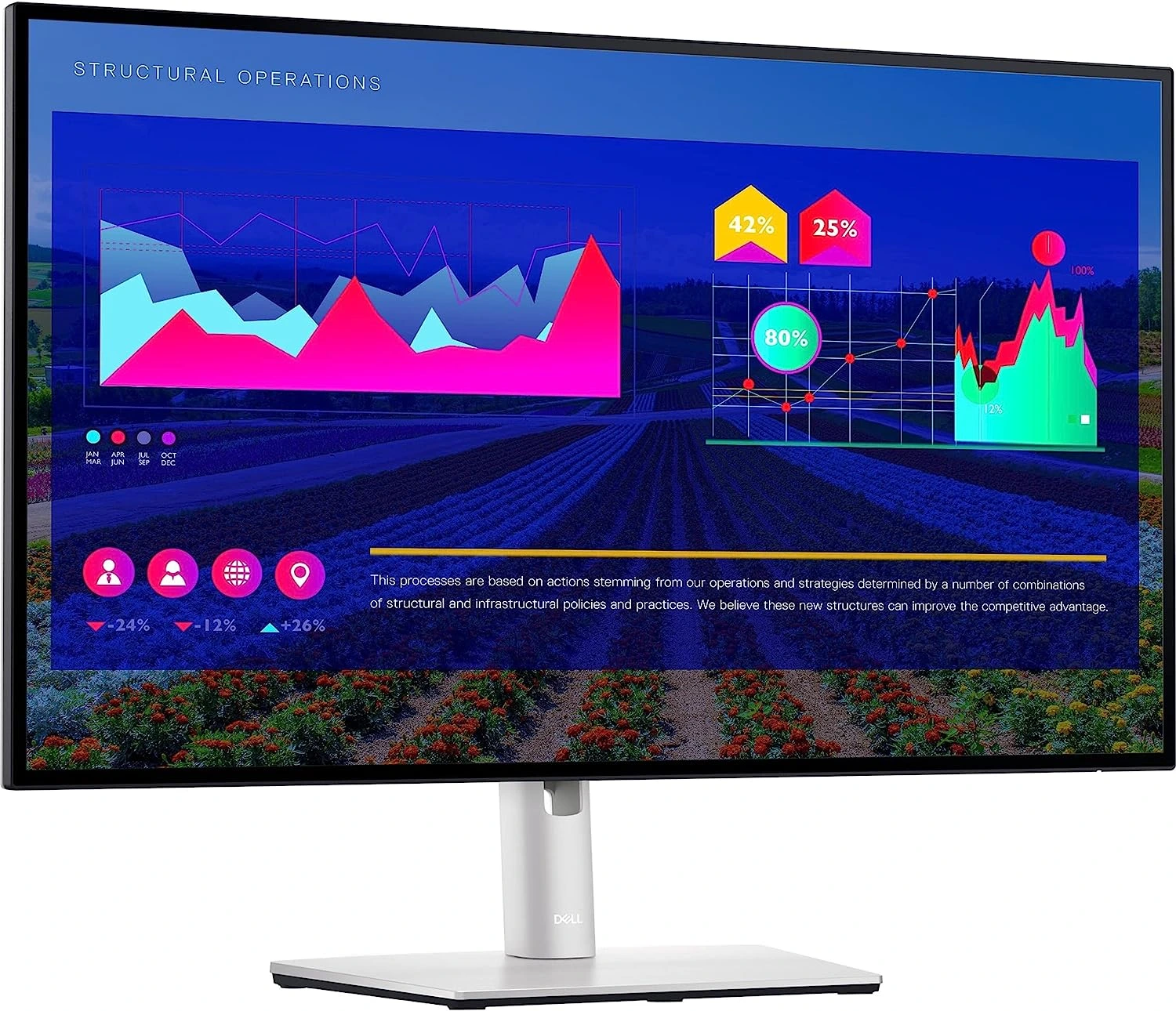 | Dell UltraSharp U2722D |
| Check Best Price |
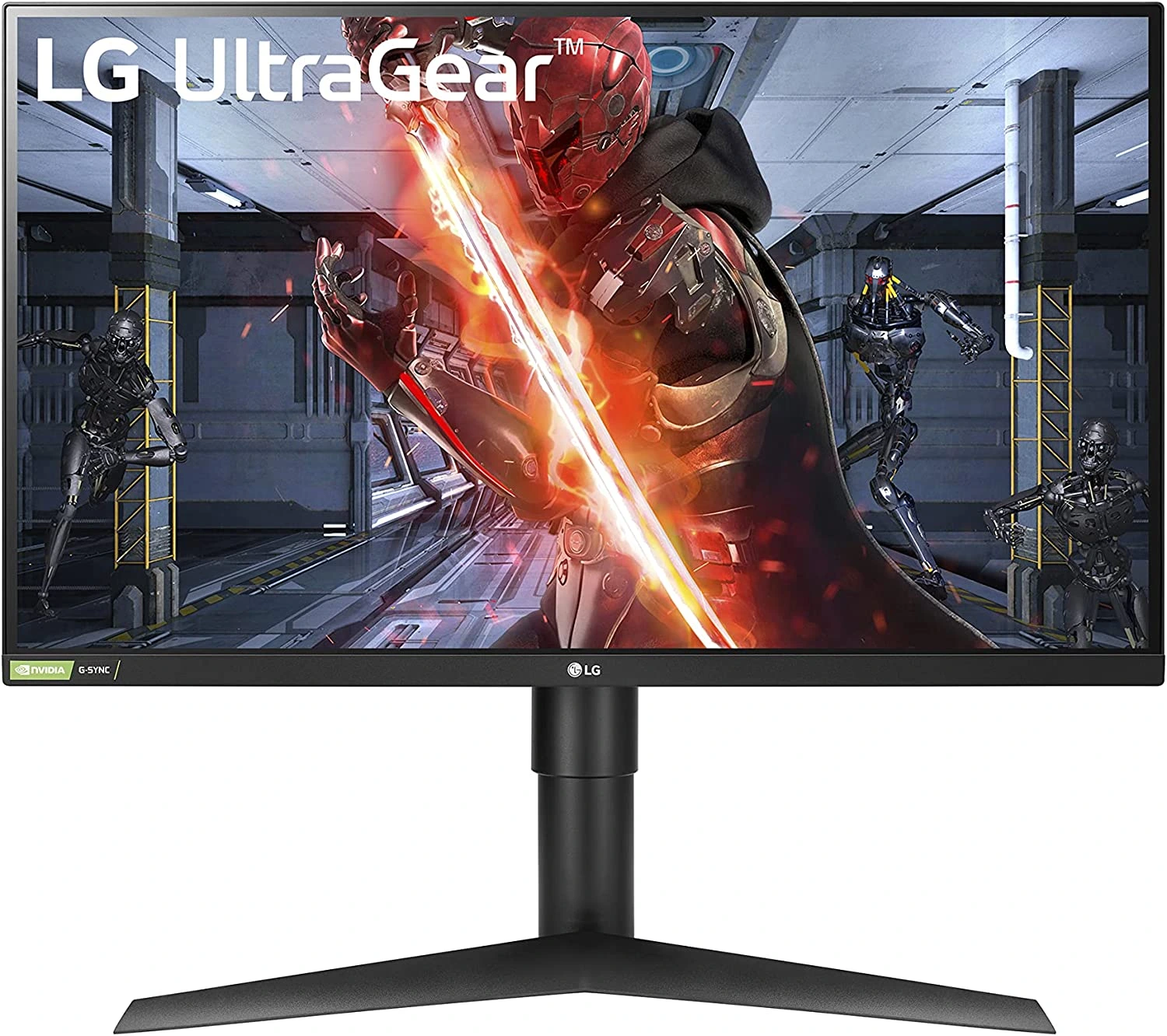 | LG UltraGear 27GL83A-B |
| Check Best Price |
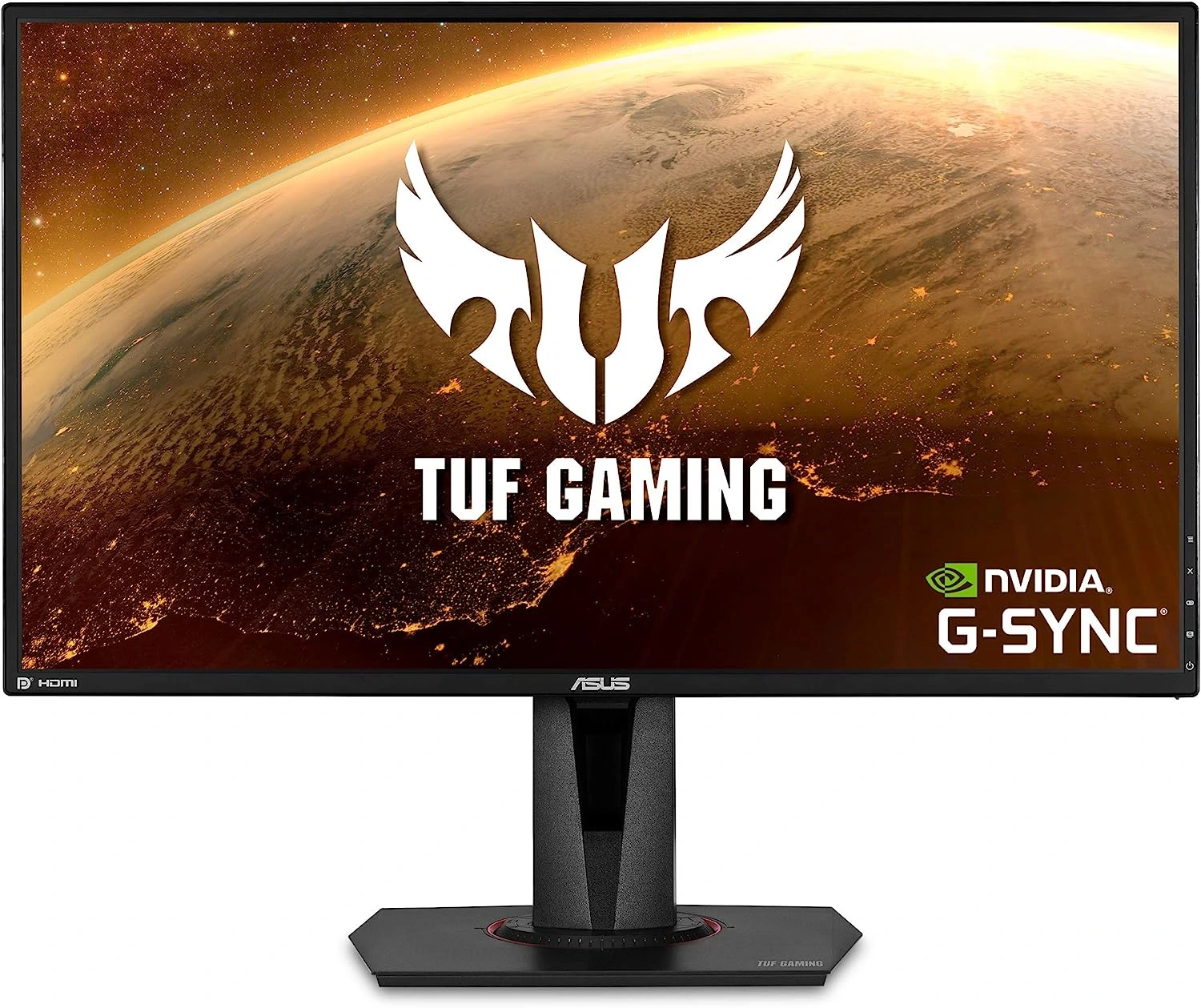 | ASUS TUF Gaming |
| Check Best Price |
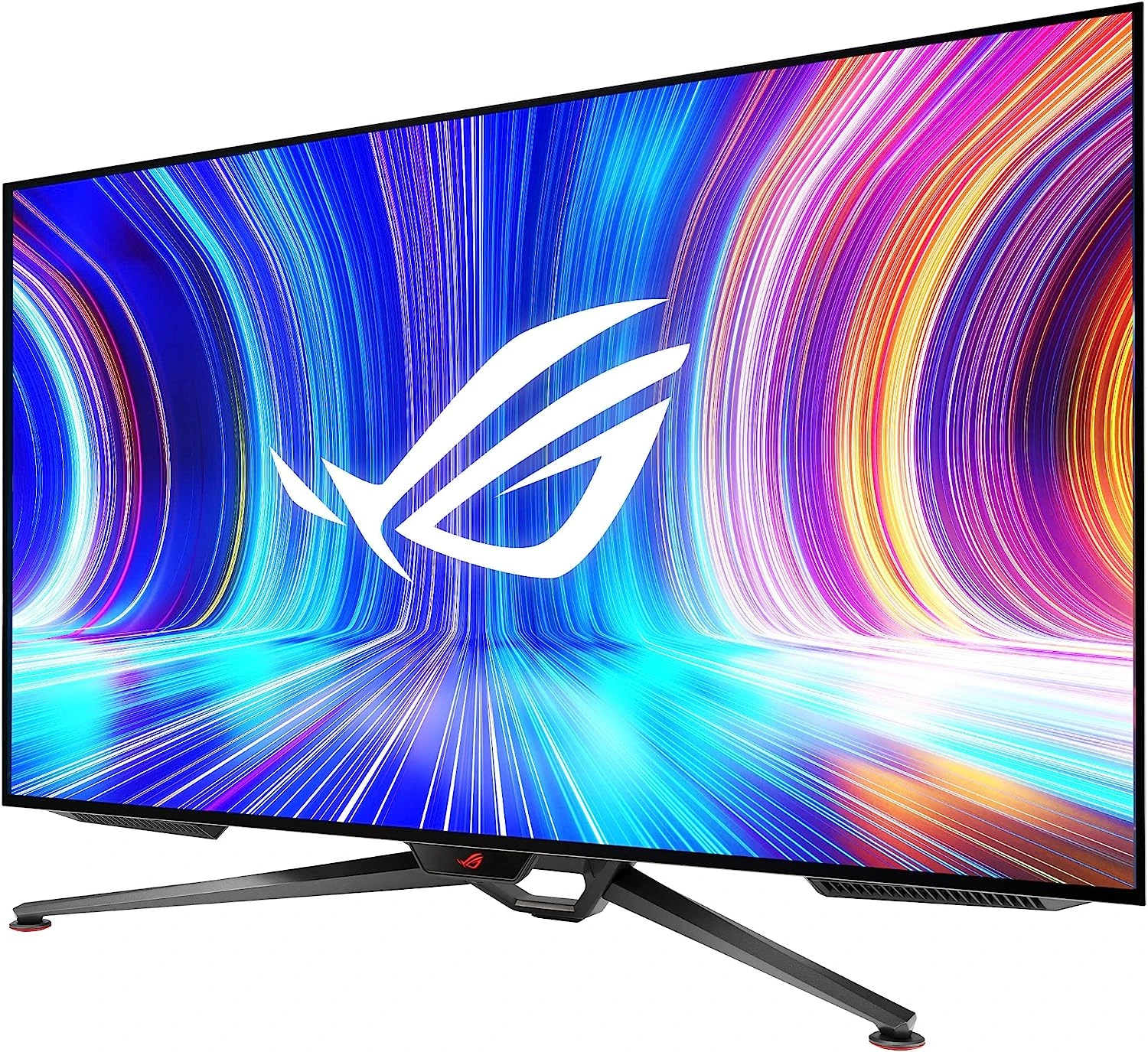 | ASUS ROG Swift |
| Check Best Price |
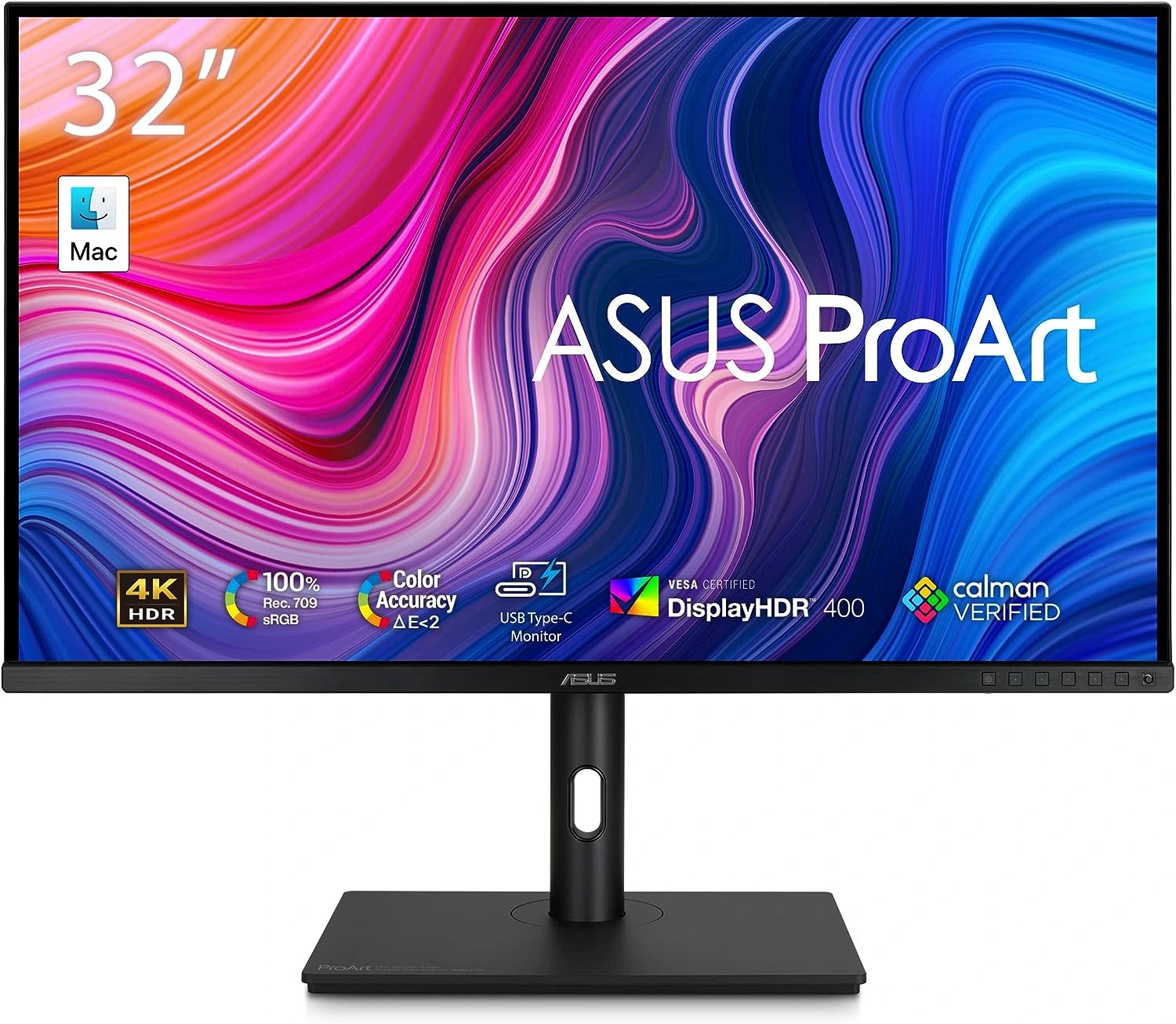 | ASUS ProArt Display |
| Check Best Price |
Think about which nice-to-haves you might consider, like a larger size or faster refresh rate for gaming, or maybe HDR. Or do you want a smart monitor that can mirror your laptop or phone wirelessly? All that comes with a ton of built-in apps and features. Bearing in mind you’ll probably be keeping your monitor for several years. You don’t upgrade these things very often, so it is often worth paying a little bit more now up front, and that will simply just last you longer.
The truth is, size really does matter. I mean, just look at the difference here. We’ve got everything from a 24, this teeny tiny little one down here, moving up to 27 inches. And actually, I’d say these two are the most common sizes you can go for. But I think 27 inches is the sweet spot, a little bit bigger, 32 on the end here. But then moving up to our higher tier here, we have this 45-inch ultra-wide, and then this absolute monster of a 49-inch super ultra-wide. And actually, if we just pan around, buddy, if I can get you to walk over here, over here. This is a 48-inch not TV, but gaming monitor. This is an orgy 48 OLED, and we’ll talk more about this later on because, oh, it’s delicious.
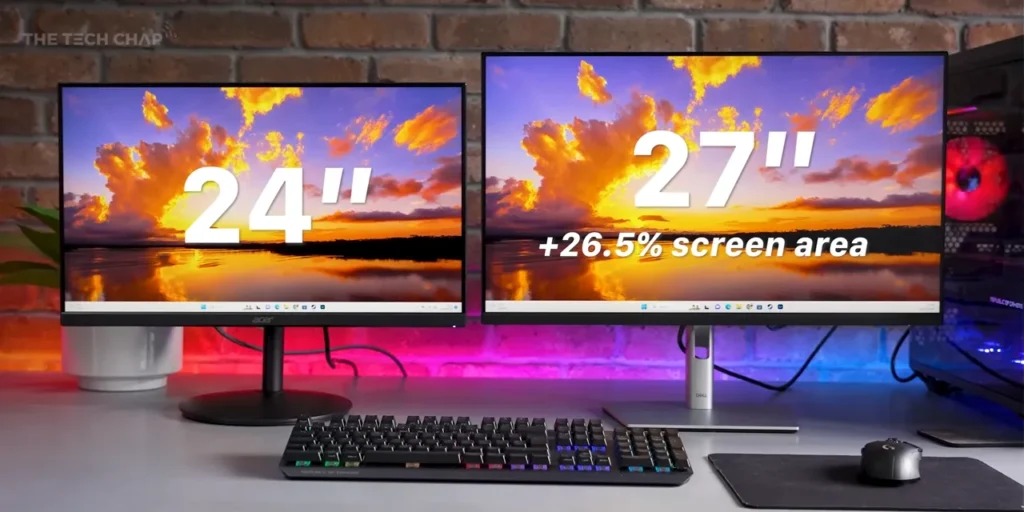
Now, three inches may not sound like a lot, but actually, going up from the 24 to a 27 gives you roughly 25% more screen real estate, so it is significantly bigger. And with a regular 21×9 ultra-wide, as opposed to a 16×9 typical monitor, we have roughly 30% more screen space horizontally on these guys. Great for side-by-side apps. And on these super-duper ultra-wides, which is not the technical name, I don’t know actually what you would call it, but it’s the equivalent of having two of these two 27 inches for this particular model side by side, but without that ugly bezel in the middle.
But it’s not just the size; it’s also the aspect ratios and also the curve. Just look how curvy this is. Not everyone’s cup of tea, but it certainly does give you that sort of immersive factor in your games. It’s a good workout if you’re gonna be staring at this thing all day and all night, possibly for gaming. Then you want it to be flexible. And it’s worth looking at whether it has height adjustment, pivoting, rotating, and also tilt. Some displays let you fully rotate it 90 degrees, so you have this nice portrait mode, essentially for your monitor, which is great for coding or if you’re editing portrait content, and it looks kind of cool.
Resolution of Gaming Monitor
Sometime, I’m shoot videos in 4k because I want the sharpest footage possible so you can see my gorgeous old silver cat here in all her glory. But the chances are you’re not watching our videos on a 4K screen unless it’s your TV. Maybe the vast majority of displays are 1080p or 1440. 4K is more and more common, especially since I made this blog (deleted) last time three years ago. So we are, of course, talking about resolution, and this refers to the number of horizontal and vertical pixels on your screen. The higher the number, the more detailed the image.
| Image | Product | Detail | Price |
|---|---|---|---|
 | Acer SB242Y EBI |
| Check Best Price |
 | PHILIPS 346E2CUAE 34″ Curved Frameless |
| Check Best Price |
 | LG 34WP85CN-B |
| Check Best Price |
 | Dell UltraSharp U2722D |
| Check Best Price |
 | LG UltraGear 27GL83A-B |
| Check Best Price |
 | ASUS TUF Gaming |
| Check Best Price |
 | ASUS ROG Swift |
| Check Best Price |
 | ASUS ProArt Display |
| Check Best Price |
Now, pretty much all 24-inch monitors have a 1080P or Full HD resolution, which gives you a nice sharp image. But the problem is if you jump up to 27 inches, that 1080p resolution is then stretched a little bit, and it becomes a lot less sharp. And if you say close enough, you can just about make out individual pixels. It doesn’t look as good. So the rule of thumb for me is 24 inches, 1080p; 27 inches, go for 1440p. It does cost more, but I think it is worth it. So 1080, 1440, and then 4K like I have with ASUS ROG Swift. And it’s a lot more common on 32-inch monitors. You can get 4K at 27 inches, but I would avoid that personally. I don’t think the screen’s big enough to really take advantage of that resolution, and it is going to impact the frame rate in your games and also cost more. But 4K is the sharpest looking by far, and generally, 4K screen panels are also higher quality.
4K gaming monitor is pretty sweet, though, but because you’ve got such a high resolution, your frame rate is going to take a big hit. You need a very beefy PC to get high frame rates at 4K. So generally for gamers, I would suggest 1080p or 1440p gaming monitor; they’re your best options. Although if you’re gaming on a PS5 or an Xbox Series X, I would suggest a 4K gaming monitor because most games aim for 4K but with a 60fps cap. So a typical 4k 60 fps gaming monitor would be ideal, and it is also more common to have HDR with a 4K screen.
So when it comes to resolution, you’ll often see a PPI number listed, the pixel per inch, and that’s basically the combination of the resolution and the size. The higher the number, the sharper the screen.
Refresh Rate for Gaming Monitor
While we do have a game up here, let’s talk about refresh rate, and that is basically the number of times the screen refreshes itself every second. And the higher the Hertz, the smoother the image. The vast majority of typical gaming monitors are 60 hertz; that’s like the standard. But then you can get 75, 120, 144, 165, 240, 360, 480. I think we’ve even seen a 500 Hertz monitor now. And of course, there are diminishing returns.
| Image | Product | Detail | Price |
|---|---|---|---|
 | Acer SB242Y EBI |
| Check Best Price |
 | PHILIPS 346E2CUAE 34″ Curved Frameless |
| Check Best Price |
 | LG 34WP85CN-B |
| Check Best Price |
 | Dell UltraSharp U2722D |
| Check Best Price |
 | LG UltraGear 27GL83A-B |
| Check Best Price |
 | ASUS TUF Gaming |
| Check Best Price |
 | ASUS ROG Swift |
| Check Best Price |
 | ASUS ProArt Display |
| Check Best Price |
I think 144 is kind of still a sweet spot. Generally, we consider refresh rate just for gamers. But as someone who edits in Premiere Pro and uses their monsters for work, scrolling through the timeline, doing everyday stuff with a high refresh rate is noticeably nice. So it’s a better experience.
It’s one of the reasons I upgraded to the new MacBooks with the ProMotion 120Hz screen. And actually, one thing I have noticed, and actually, I’m using my little MacBook here for my script, is that going from 120Hz on the laptop to a 60Hz external display monitor feels like a step down. So actually, for me, I kind of prefer going with a high refresh monitor so it matches my laptop. Of course, you are going to pay more for a high refresh. But there isn’t really any downside for me. I think 144 or 165Hz is the sweet spot. This is actually 240, and I think I can just about tell. But the issue is not just the diminishing returns of whether you can physically see that smoother refresh rate, but you need to maintain that high frame rate from your PC. So if you’re getting 180 FPS but you’ve got a 240Hz monitor, you’re not fully taking advantage of it; effectively, you’re seeing 180Hz.
Although it’s not quite as simple as that because high refresh rates also generally give you a lower latency, which is what you want. The goal basically is the highest refresh rate with the lowest latency and fastest response time, which will give you the best gaming experience.
Everything will be quicker and smoother and faster. And in some cases, it can give you a competitive advantage if you can see things quicker, if you can see the enemy come, you know, through the door faster, and you can then click your button, and there’s less latency, and it, you know, takes a shot more quickly, then you may win the game. It could be a life or death difference.
What you could do, though, before you buy a new monitor, is actually use an FPS counter to see how many frames you’re getting right now with your system. And that should give you an idea of which refresh rate you need. If you’re getting 120 frames per second but your monitor is 60Hz, then it’s definitely time for an upgrade.
Input Lag & Response in Gaming Monitor
Now, I mentioned input lag and response time, and they are two different things. Bear with me here. Input lag is the amount of time it takes for your monitor to display the most up-to-date signal that comes from your computer, while response time is how long it takes for a pixel to change from one color to the next, usually measured with one shade of gray to another or greater gray. Response time is measured in milliseconds.
| Image | Product | Detail | Price |
|---|---|---|---|
 | Acer SB242Y EBI |
| Check Best Price |
 | PHILIPS 346E2CUAE 34″ Curved Frameless |
| Check Best Price |
 | LG 34WP85CN-B |
| Check Best Price |
 | Dell UltraSharp U2722D |
| Check Best Price |
 | LG UltraGear 27GL83A-B |
| Check Best Price |
 | ASUS TUF Gaming |
| Check Best Price |
 | ASUS ROG Swift |
| Check Best Price |
 | ASUS ProArt Display |
| Check Best Price |
The lower the number means you get less motion blur while ghosting. And ideally, particularly for gamers, you want anything under 5 milliseconds.
Bear in mind, though, that some manufacturers claim one or two millisecond response times, but these are their best-case results, and they’re tested using extreme overdrive modes that can then introduce reverse ghosting, so a different kind of motion blur, with multiple supposedly one millisecond displays actually being slower in real-world testing. So make sure you check reviews first. Frustratingly, it is kind of rare to see input lag figures on a monitor spec sheet, but you can often find reviews that do measure it. And the good news is that high refresh rates do also reduce input lag simply by having more frames more often. And also, your graphics card may have features like Nvidia Reflex or Radeon Anti-Lag to remove even more latency from the system.
But for non-gamers, response time, input lag, don’t really worry about it; it’s gonna be fine. The cheaper the monitor, generally, the higher the numbers, which isn’t as good. But you’re just not really going to notice it unless you are playing fast-paced games.
Variable Refresh Rate (VRR)
If your monitor does have a game mode, then definitely use it if you are gaming. One more thing to bear in mind for all you gamers, though, we have to talk about variable refresh rate or VRR and also adaptive sync. These technologies help to eliminate screen tearing and stutter by syncing the refresh rate of your screen with the exact frame rate coming from your laptop or your graphics card, which makes the whole experience feel much smoother. And particularly for games running at or under 60 FPS where tearing can be more obvious.
| Image | Product | Detail | Price |
|---|---|---|---|
 | Acer SB242Y EBI |
| Check Best Price |
 | PHILIPS 346E2CUAE 34″ Curved Frameless |
| Check Best Price |
 | LG 34WP85CN-B |
| Check Best Price |
 | Dell UltraSharp U2722D |
| Check Best Price |
 | LG UltraGear 27GL83A-B |
| Check Best Price |
 | ASUS TUF Gaming |
| Check Best Price |
 | ASUS ROG Swift |
| Check Best Price |
 | ASUS ProArt Display |
| Check Best Price |
Now, the good news is that most new gaming monitors now come with some form of VRR, either Nvidia G-Sync or AMD’s FreeSync. G-Sync is usually limited to higher-end monitors because it’s an Nvidia licensed format, which is why you’ll generally find more FreeSync-compatible monitors or ones with the open Adaptive Sync standard. Now, unlike the olden days, regardless of whether you have an Nvidia or an AMD GPU graphics card, they both support both formats. So you don’t really have to worry. Although both formats have a few different tiers, with the top-end G-Sync ultimate coming with a physical built-in module in the monitor, and you will need an Nvidia graphics card to take advantage of it. But it’s not really that essential, with the basic entry-level versions doing a good enough job for most of us.
Panel Types
Okay, no more gaming for a second. Let’s talk about something that applies to everybody: panel types. These things, and actually, this used to be a really boring topic because we just talked about TN and IPS and VA. But now, TNs have basically disappeared, aside from, you know, really old monitors or actually on the super high-end high-refresh displays for esports gamers. But don’t worry about that. Now, really, it’s IPS, VA, and Mini LED and OLED. Things have come a long way in the last couple of years.
| Image | Product | Detail | Price |
|---|---|---|---|
 | Acer SB242Y EBI |
| Check Best Price |
 | PHILIPS 346E2CUAE 34″ Curved Frameless |
| Check Best Price |
 | LG 34WP85CN-B |
| Check Best Price |
 | Dell UltraSharp U2722D |
| Check Best Price |
 | LG UltraGear 27GL83A-B |
| Check Best Price |
 | ASUS TUF Gaming |
| Check Best Price |
 | ASUS ROG Swift |
| Check Best Price |
 | ASUS ProArt Display |
| Check Best Price |
Now, the vast majority of monitors have either an IPS or a VA panel. There are differences, but you can’t really go wrong with either. IPS, or In-Plane Switching, is more common, though, and it looks great, pretty accurate colors, and better viewing angles. However, VA panels offer better contrast and often higher brightness, which is great for HDR compared to IPS. And also, they generally support higher refresh rates in gaming monitors and ultra-wides. But it comes at the expense of less accurate colors and also a bit of a drop-off in viewing angle quality.
But this is where things start to get a bit more interesting because IPS, VA, and TN are LCD-based panels, which are backlit by LEDs, which is why sometimes you’ll see it listed as an LED LCD. But newer, pricier gaming and pro monitors are getting the options of Mini LED and also OLED displays. And so instead of a single large backlight, Mini LED uses an active array of much smaller lighting zones made up of small, well, mini LEDs. And so Mini LED screens still use IPS or VA panels, but this new backlighting technology is a lot brighter with greater contrast, and it’s much better for HDR. And so essentially, the more lighting zones or dimming zones, it is often called a display, has the better it can dim a darker area of the image next to a brighter one and boost the contrast.
Thing is, though, the number of zones and how they’re controlled vary significantly between different monitors. But some of the best gaming monitors out there now, like this guy, are Mini LED with either 165 or 240Hz refresh rate. Definitely more expensive, but they look an awful lot better, whether you’re working, watching movies, or gaming. And Mini LEDs generally are the best for HDR, although that can also vary significantly between different monitors. So if you are watching HDR movies or playing HDR games, particularly with consoles, then this might be worth it.
OLED Gaming Monitor
But I’ve saved the best for last: OLED. Now, this is the most expensive, the rarest kind of panel you can get. But it’s a lot more common than it was a couple of years ago.
| Image | Product | Detail | Price |
|---|---|---|---|
 | Acer SB242Y EBI |
| Check Best Price |
 | PHILIPS 346E2CUAE 34″ Curved Frameless |
| Check Best Price |
 | LG 34WP85CN-B |
| Check Best Price |
 | Dell UltraSharp U2722D |
| Check Best Price |
 | LG UltraGear 27GL83A-B |
| Check Best Price |
 | ASUS TUF Gaming |
| Check Best Price |
 | ASUS ROG Swift |
| Check Best Price |
 | ASUS ProArt Display |
| Check Best Price |
And this 48-inch, 120Hz, although overclockable to 138Hz, OLED HDR display from Asus ROG is just like one of the most incredible gaming displays I have ever seen. And the benefit of OLED is it doesn’t have a backlight. Each pixel is self-emitting. It can actually turn itself off if the scene is dark enough, so you can get those perfect blacks. And we’re talking about contrast ratio in the millions versus the thousands with IPS. So a black pixel can be perfectly black, and there’s no light bleed or blooming. The compromise is they can’t really get as bright as Mini LEDs. But for vibrant, accurate colours, fantastic viewing angles, and those deep inky blacks, as the cliche goes, OLED is king. I think 48 inches is probably a little bit overkill, although we do now have a couple of great 27-inch high-refresh OLED options.
There is a bit of an issue around OLEDs, which you probably are aware of, and it’s called burn-in, AKA image retention. But modern OLEDs come with pixel refresh modes and screensavers and auto power off, lots of settings. Unless you turn everything off and you really abuse it, you’re not really going to have any issues. I don’t think burning is a problem at all. The biggest issue with OLED is the cost. But wait, there’s more, because then we have QD-OLED, which is an evolution of OLED and gets an extra layer of quantum dots, hence the QD, and this boosts the colour and the brightness, meaning even better contrast and better visibility in brighter rooms.
There’s a handful of high-end QD-OLED monitors on the market right now, with more on the way. But again, prices are likely to stay high until they become more mainstream.
Colour Accuracy
But if you do need higher color accuracy for graphic, photo, or media creation and editing, then look for a 10-bit panel. And also, you’re going to want the highest colour accuracy. And this is usually measured against the sRGB, Adobe RGB, and the DCI-P3 gamuts. And the closer to 100, the more colour-accurate it is. But nothing simple, is it? Because sometimes you may see a 10-bit panel monitor, but actually, it’s just 8-bit plus FRC, where if a pixel can’t display a color from the wider 10-bit spectrum, then it displays a shade either side of the intended color to create something like the required shade.
For serious professionals, though, you can also consider a 12-bit panel, but these are quite rare. That’s not creepy at all.
HDR Gaming Monitor
Let’s talk about high dynamic range, HDR gaming monitor. It’s a standard for all 4K TVs, but still a little bit iffy when it comes to monitors. Essentially, high dynamic range improves the contrast between the brightest and the darkest parts of an image, meaning you get extra detail and brightness, a wider color range, and just a more, as it says on the tin, dynamic immersive experience. Almost all recent movies and some TV and plenty of games now have HDR support. But just how good your experience is is totally up to your monitor.
| Image | Product | Detail | Price |
|---|---|---|---|
 | Acer SB242Y EBI |
| Check Best Price |
 | PHILIPS 346E2CUAE 34″ Curved Frameless |
| Check Best Price |
 | LG 34WP85CN-B |
| Check Best Price |
 | Dell UltraSharp U2722D |
| Check Best Price |
 | LG UltraGear 27GL83A-B |
| Check Best Price |
 | ASUS TUF Gaming |
| Check Best Price |
 | ASUS ROG Swift |
| Check Best Price |
 | ASUS ProArt Display |
| Check Best Price |
VESA’s Display HDR certification levels are meant to be a way of standardizing HDR performance. And we have different tiers, and you’ll often see mentions of this in the product description. And actually, this is really important because the base tier, that Display HDR 400 certification, is actually kind of rubbish. It only requires 400 nits of brightness in HDR content without any kind of local dimming. And the result is pretty far from the HDR you may have experienced on your TV. And actually, Display HDR 500 is a much better standard to hit, requiring 500 brightness, a wider color gamma, and crucially, local dimming with lower black level luminance. And then it gets even better from there, with anything over a thousand nits or higher providing genuinely impressive HDR. Plus, OLED panels get their own true black certification, which highlights their even deeper black levels.
Bear in mind, though, that basic VRR, adaptive sync tech isn’t actually usable with HDR enabled. So you’ll need to go for one of the more premium VRR options like G-Sync Ultimate.
Ports
Now, one thing that is relevant to everybody is the connectivity, the port, and pretty much every single monitor will have at least one HDMI 2.0 port. Very recent ones will have 2.1, which is significantly better and allows you to have like high-refresh 4K or super high-refresh Quad HD. Not really relevant for most of us unless you’re playing games. And also DisplayPort. HDMI and DisplayPort are the two most common. Although, as you can see with some gaming monitor, we have a USB-C. More recent and also more expensive monitors and laptops support USB-C, which is like the best port ever because if this supports display out and you can connect your laptop to it, it’ll also charge your laptop. So you only have one cable for your whole setup.
| Image | Product | Detail | Price |
|---|---|---|---|
 | Acer SB242Y EBI |
| Check Best Price |
 | PHILIPS 346E2CUAE 34″ Curved Frameless |
| Check Best Price |
 | LG 34WP85CN-B |
| Check Best Price |
 | Dell UltraSharp U2722D |
| Check Best Price |
 | LG UltraGear 27GL83A-B |
| Check Best Price |
 | ASUS TUF Gaming |
| Check Best Price |
 | ASUS ROG Swift |
| Check Best Price |
 | ASUS ProArt Display |
| Check Best Price |
Although not all USB-Cs are the same, and some higher-end models support Thunderbolt 3 or Thunderbolt 4, which are basically higher bandwidth and unlock high-refresh, high-resolution combinations. But basically, if you’re using a gaming PC, you’ll probably want to use a DisplayPort, like this guy. If not, HDMI. For laptops, most of you guys will probably be using HDMI, unless you have a USB-C port, in which case I’d recommend that. And finally, if you have a 2.1 for both the display and your laptop or PC or console, then, well, use that.
To give you an example, my MacBook Pro 16 here, the latest model, has three USB-C ports, and they all support the higher Thunderbolt 4 specs. But actually, one issue I had been running into with my old MacBook, which only supported HDMI 2, not the new 2.1, is that I couldn’t get the full high-resolution, high-refresh rate on some of the more premium gaming monitors I was using. And they didn’t have a USB-C or Thunderbolt port. So I was kind of stuck there. But with the upgraded 2.1 on the MacBook, and we do see that on quite a few new laptops these days, you basically have the best of both worlds.
Warranty and Support
And finally, just a bit of consumer advice. If you are going to drop your hard-earned money on a new display, check what the manufacturer warranty is. Different brands offer different lengths of warranty, and also, you know, if it breaks, how well it’ll be supported. So it is worth bearing in mind what kind of guarantees you get.
Recommendation and Conclusion
You need to work out what it is that you’re going to be using your monitor for and also how much you’re willing to spend. That’s why I’ve kept my recommendations in the blog (multiple time)
| Image | Product | Detail | Price |
|---|---|---|---|
 | Acer SB242Y EBI |
| Check Best Price |
 | PHILIPS 346E2CUAE 34″ Curved Frameless |
| Check Best Price |
 | LG 34WP85CN-B |
| Check Best Price |
 | Dell UltraSharp U2722D |
| Check Best Price |
 | LG UltraGear 27GL83A-B |
| Check Best Price |
 | ASUS TUF Gaming |
| Check Best Price |
 | ASUS ROG Swift |
| Check Best Price |
 | ASUS ProArt Display |
| Check Best Price |
We did it, we made it to the end. But I do want to finish with some buying advice. And just for your average productivity, office, no-frills monitor, then I will go with either a 24-inch 1080p or a 27-inch 1440p. No need to go any bigger unless you’ve got a massive desk. If you are doing any creative work or any video editing, photo editing, then go for a 10-bit panel and ideally a 1440p or 4K screen. And if you’re doing really top-end professional editing, then look for a Mini LED or an OLED panel with the highest color accuracy. And probably this QD-OLED or OLED as well.
But for the gamers, and probably most of you guys watching this, 1080p, 144Hz, is probably your best starting point. And these days, even entry-level monitors often come with adaptive sync, either G-Sync or FreeSync. And also, the high-refresh rate panels are getting cheaper and more and more common, which is fantastic. But if you are playing high-end AAA games or you’re just simply more demanding, then look at 1440p with a 165Hz, or if you can afford it, a 4K high-refresh screen like this OLED. I think 144 is kind of the sweet spot for most of us. But if you’ve got the money and the gaming PC for it, go all out. Now, I’ve talked about so many different features and so many different panels that actually do all sorts of different things. So you need to work out what it is that you’re going to be using your monitor for and also how much you’re willing to spend. That’s why I’ve kept my recommendations in the blog (multiple time), so it’s kind of a bit of a shortlist for you to pick and choose what is relevant for you. Good luck, and if you have any other questions, drop me a comment, and I’ll do my best to help you out.
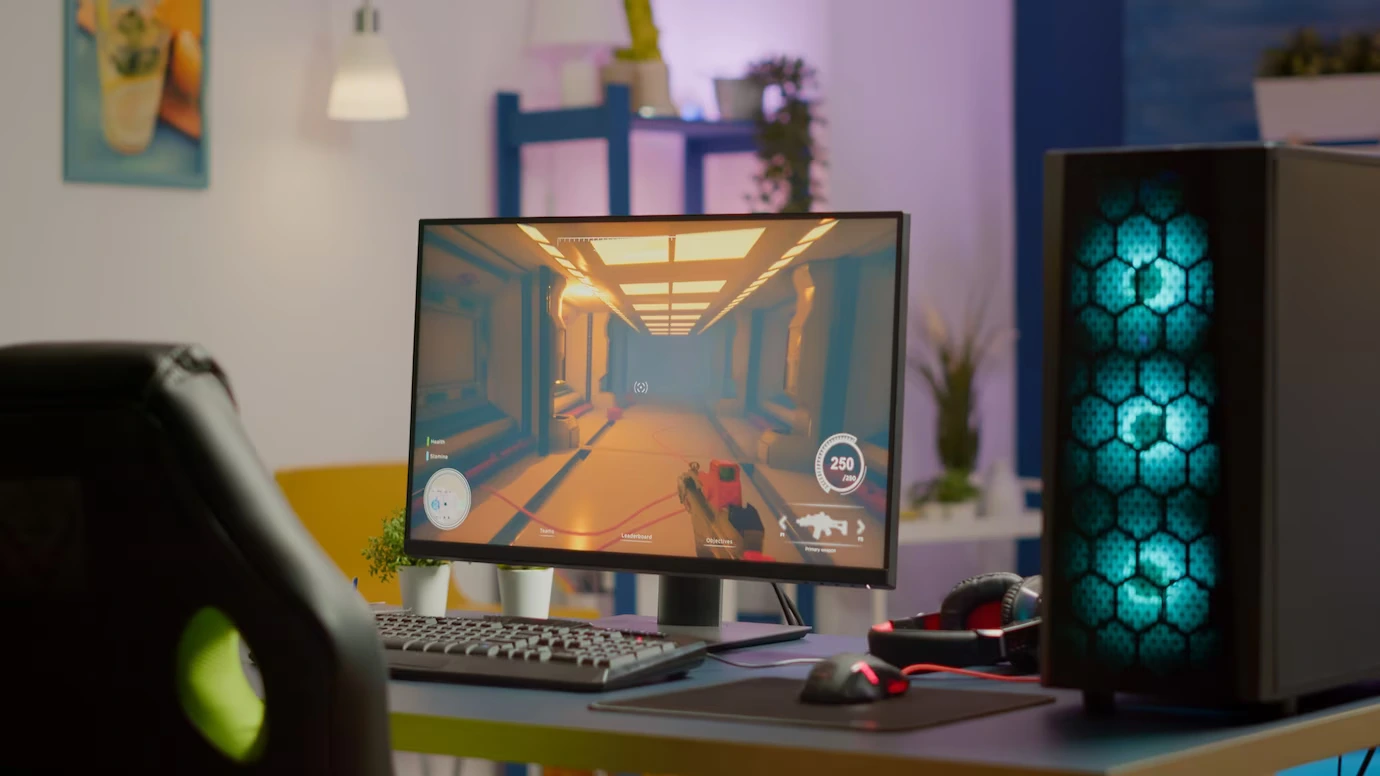



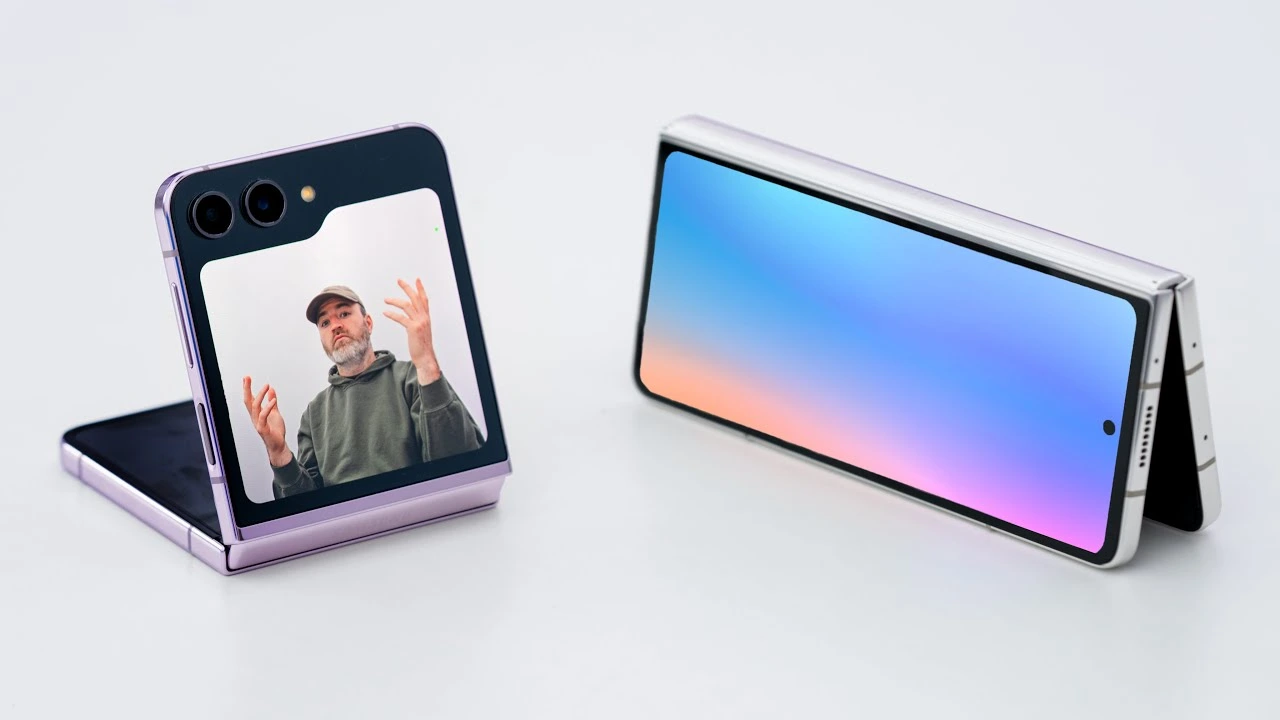

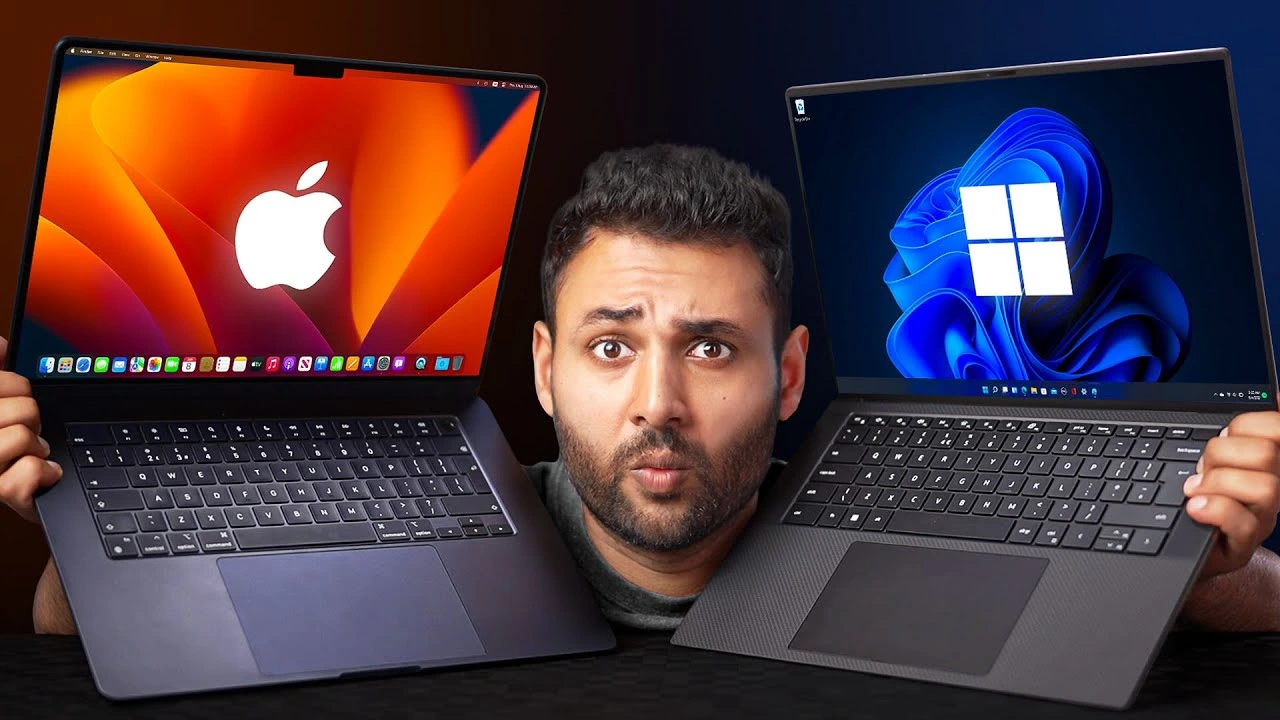


11 thoughts on “Best OLED Gaming Monitor You Should Buy”